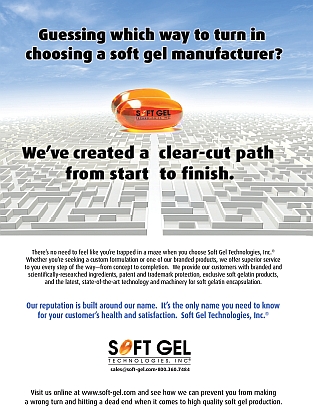In today’s digital world, any expansive new trend is inevitably going to need support from various media platforms. This is especially the case for environmentalism, at it launches further into the stratosphere of public consciousness. For it to make its final, decisive bid at becoming the mainstream sensibility of most individuals, in their roles as consumers and as citizens, it’s going to require a lot of support from the smart phone-toting masses.
Well, it appears that the cavalry has arrived for the green revolution, because a new generation of eco-friendly applications and Web solutions is arriving on the scene. A prime example is barcoo, a U.K.-based smart phone app that allows users to scan a barcode, and then be whisked away to a page that has a wealth of information relating to that  product.
product.
Barcoo offers a traffic light system giving a product’s eco-rating. The publishers partnered with a German group called WeGreen to provide Corporate Social Responsibility (CSR) information from over 20 international institutions. Using a red, amber and green code for each product, the system allows shoppers to view information about a company’s environmental awareness and responsibility, treatment of staff and the transparency of its marketing efforts. There is also a traffic light rating for the product’s nutritional value, the ability to compare prices, find local stores carrying a product and read reviews, and a real-time ScanTicker that displays what others are looking at with the app.
The product coverage of the app is essentially unlimited. “barcoo is aiming to provide information on any product with a barcode. Around 70% of all scans are done in FMCG (Fast Moving Consumer Goods). This leads to an extremely long tail of 10 million products in our database,” says Tarik Tokic, CEO of checkitmobile GmbH, the app’s publisher. The app is not limited to scanning the square QR Code boxes that have appeared on many marketing efforts lately, but can scan any traditional product barcode.
While only available in mainland Europe and the United Kingdom, barcoo had been downloaded over 1.4 million times by the end of 2010, and it is surely a trend that will jump the pond to the U.S. market soon. “Apps like the one from goodguide.com or ShopSavvy show that in the United States there is a high demand for such information and a willingness to use mobile barcode scanners,” says Tokic.
Goodguide.com is another excellent example of a green information resource in a digital environment. Users on the main Web site or through a mobile application have access to information on product categories like food, personal care and household chemicals. All products are given health, environment and society scores, which are aggregated for an overall score. In-depth information on the product page will explain why, for example, a given product is deemed environmentally unsound. Perhaps it’s because the product contains a toxic ingredient, which will be named and described, that doesn’t degrade well when disposed of.
Another parallel trend toward encouraging eco-conscious consumerism is the emergence of green coupon programs. One launched earlier this year called Green Deals (www.GreenDeals.org) provides the over 100,000 people who have already signed up with daily online deals from local and national green companies. Featured companies must meet the green economy organization Green America’s standards for environmental and social responsibility. The site, which promoters call “Groupon for Greenies,” also offers concrete tips for living a greener lifestyle.
Published in WholeFoods Magazine, March 2011 (online 1/26/11)









